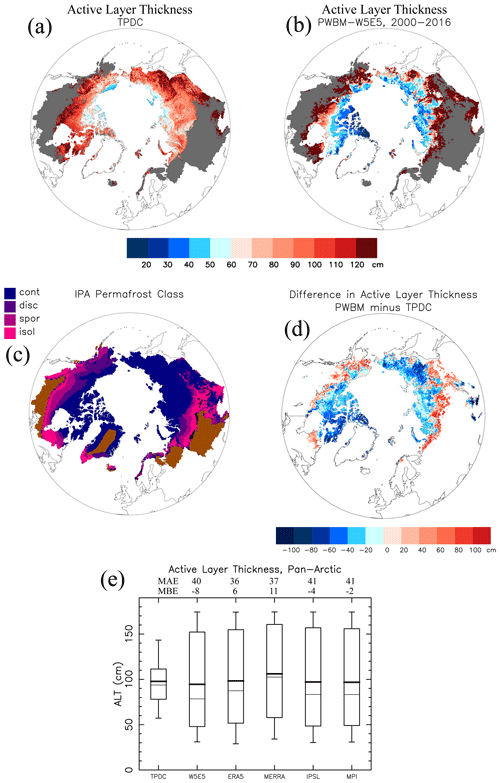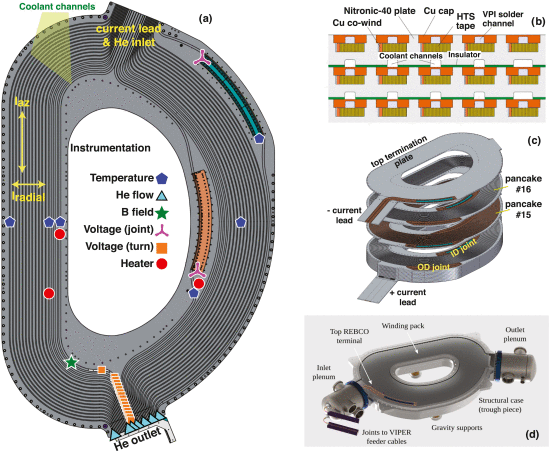2024-03-05 マサチューセッツ大学アマースト校
◆永久凍土の解凍が地表の水文に大きな影響を与え、永久凍土地域の炭素排出量が増加しています。活動層の厚みの増加は、土壌中の水の貯蔵量を増加させ、降水が地下水路を介して後で放出されるようになることを示しています。また、北部の河川はより多くの水を供給し、北極海の海氷や汽水湖の生態系に影響を与える可能性があります。
<関連情報>
- https://www.umass.edu/news/article/we-know-arctic-warming-what-will-changing-river-flows-do-its-environment
- https://tc.copernicus.org/articles/18/1033/2024/
北極圏の陸域水文学における気候温暖化の影響によるレジームシフト Regime shifts in Arctic terrestrial hydrology manifested from impacts of climate warming
Michael A. Rawlins and Ambarish V. Karmalkar
The Cryosphere Published:05 Mar 2024
DOI:https://doi.org/10.5194/tc-18-1033-2024

Abstract
Anthropogenic warming in the Arctic is causing hydrological cycle intensification and permafrost thaw, with implications for flows of water, carbon, and energy from terrestrial biomes to coastal zones. To better understand the likely impacts of these changes, we used a hydrology model driven by meteorological data from atmospheric reanalysis and two global climate models for the period 1980–2100. The hydrology model accounts for soil freeze–thaw processes and was applied across the pan-Arctic drainage basin. The simulations point to greater changes over northernmost areas of the basin underlain by permafrost and to the western Arctic. An acceleration of simulated river discharge over the recent past is commensurate with trends drawn from observations and reported in other studies. Between early-century (2000–2019) and late-century (2080–2099) periods, the model simulations indicate an increase in annual total runoff of 17 %–25 %, while the proportion of runoff emanating from subsurface pathways is projected to increase by 13 %–30 %, with the largest changes noted in summer and autumn and across areas with permafrost. Most notably, runoff contributions to river discharge shift to northern parts of the Arctic Basin that contain greater amounts of soil carbon. Each season sees an increase in subsurface runoff; spring is the only season where surface runoff dominates the rise in total runoff, and summer experiences a decline in total runoff despite an increase in the subsurface component. The greater changes that are seen in areas where permafrost exists support the notion that increased soil thaw is shifting hydrological contributions to more subsurface flow. The manifestations of warming, hydrological cycle intensification, and permafrost thaw will impact Arctic terrestrial and coastal environments through altered river flows and the materials they transport.



